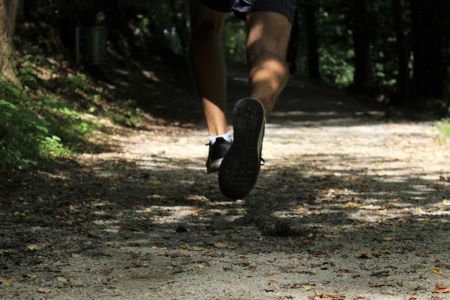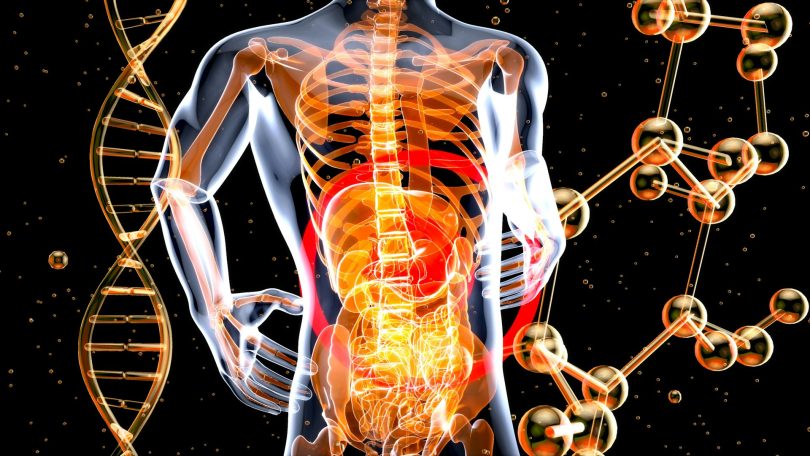The gallbladder is a small pear shaped organ which produces and stores bile. It is located under the liver on the right of the abdomen. Bile is a substance that is used to process (emulsify) fat in the body. Important for digestion, it helps the body to absorb fat soluble nutrients and vitamins. The gallbladder is an essential part of the whole gastrointestinal tract and deserves to be recognised for its important role.

Most people never think about the gall bladder, taking the digestion of fats and other nutrients as a given, at least until something goes wrong. Unfortunately gall bladder problems can remain without symptoms for a long time until gallstones form.
With all natural medicine, prevention is better than cure.
Here you will learn about some of the more common problems that can occur with the gallbladder, when you should refer to your medical team and most importantly, what you can do to prevent this from happening.
When something goes wrong with the gallbladder there can be severe and sudden pain, especially after eating certain foods, usually high fat. This can be due to gall stones or bile insufficiency. Problems can occur further down the digestive tract as a result, for example a lack of bile salts leading to indigestion of fats can result in watery diarrhoea.
When problems occur such as diarrhoea, mediations like Immodium or painkillers may be taken to suppress the symptoms with little or no awareness that the root cause is much further up the gastro intestinal tract. Where gall stones are identified, often the medical solution is to remove the organ completely.

The truth is that the gall bladder can usually be saved with diet and lifestyle and removing an organ should always be a last resort. Maintaining a healthy weight and living a healthy lifestyle will help you to avoid the problems that can occur with your gallbladder.
Usually development of gallbladder problems occurs in the over 40s and even more so over 60, more often in women and especially if there is a family history of gallstones. Being overweight or obese is a risk factor too and so is type 2 diabetes.
Gallstones (Cholithiasis)
Hard small stones usually made of bilirubin, bile salts or cholesterol. They can be from the size of a grain of sand to a golf ball. Made usually of a combination of fat and salts they cause sudden pain in the upper right of the abdomen and can lead to complications if they aren’t treated.
Risk factors for gall stones include obesity, although losing weight too quickly can also lead to developing gall stones.
If gall stones block your bile duct they can cause a back up of bile, also known as biliary cholic. This may or may not cause symptoms which could include:
- Darker urine
- Pale stools
- Abdominal pain
- Jaundice – causing the whites of the eyes to turn yellow
- Chills and/or fever
- Nausea
- Vomiting

If you think you have gall stones, you should seek medical attention immediately.
Inflamed Gallbladder (Cholecystitis)
A secondary complication of gallstones can be an inflamed gallbladder. When bile is unable to leave the gallbladder to do it’s job of digesting fats, it backs up causing the gallbladder to swell. This can leave the person vulnerable to infection. If this is left untreated it can leave the gallbladder permanently damaged.
Perforated Gallbladder
Untreated gallstones can also lead to a perforation in the wall of the gallbladder, which allows fluids to leak into other areas of the body. This can lead to a large and widespread infection.
Gallbladder Dysfunction
When gallstones have been left untreated and frequent swelling has occurred which had led to permanent damage, the gallbladder can become rigid or scarred.
Symptoms may include:
- Diarrhoea
- Bloating
- Flatulence
- Indigestion
- Feeling full all the time
Recently nutrigenomics has emerged as a leading field in nutritional diagnostics. This is the field which combines genetics and nutrition, allowing nutritionists and natural health practitioners to profile the DNA of their patients and identify risk factors that predispose an individual to certain conditions. There is a gene which predisposes individuals to lower bile acid production and where that gene is identified as having a variant, patients are advised to eat a lower fat diet and the fats that they do eat to be only ‘good’ fats like fish oils, healthy saturated fats like butter and raw dairy.
A diet high in refined carbohydrates, unhealthy processed foods and empty calories predisposes a person to obesity, type 2 diabetes and then of course gallbladder problems.
How To Take Care Of Your Gallbladder
- Maintain a healthy weight
- Include healthy fats like fish oils, omega 3 and daily olive oil
- Avoid unhealthy fats like sunflower oil, rapeseed/colza and vegetable oils
- Eat a high fibre diet with lots of vegetables and fruit
- Eat whole grains like oats, brown rice and quinoa
- Consistent and moderate exercise

Including certain supplements in your diet can promote the production of bile if you are predisposed to producing less bile, you are diagnosed with bile insufficiency or you struggle to digest fat and you have some of the above symptoms. Including Taurine rich foods will boost your bile acid production, or you can supplement magnesium taurate which is a taurine donor under the guidance of your health care professional
Foods high in Taurine:
- Scallops
- Turkey
- Tilapia
- Octopus
- Chicken
- Seaweed
- Beef

Adopting healthy lifestyle practices & eating a healthy diet whilst avoiding toxic foods will benefit all aspects of your body & mind, not just your gallbladder.
Photo by julien Tromeur on Unsplash



